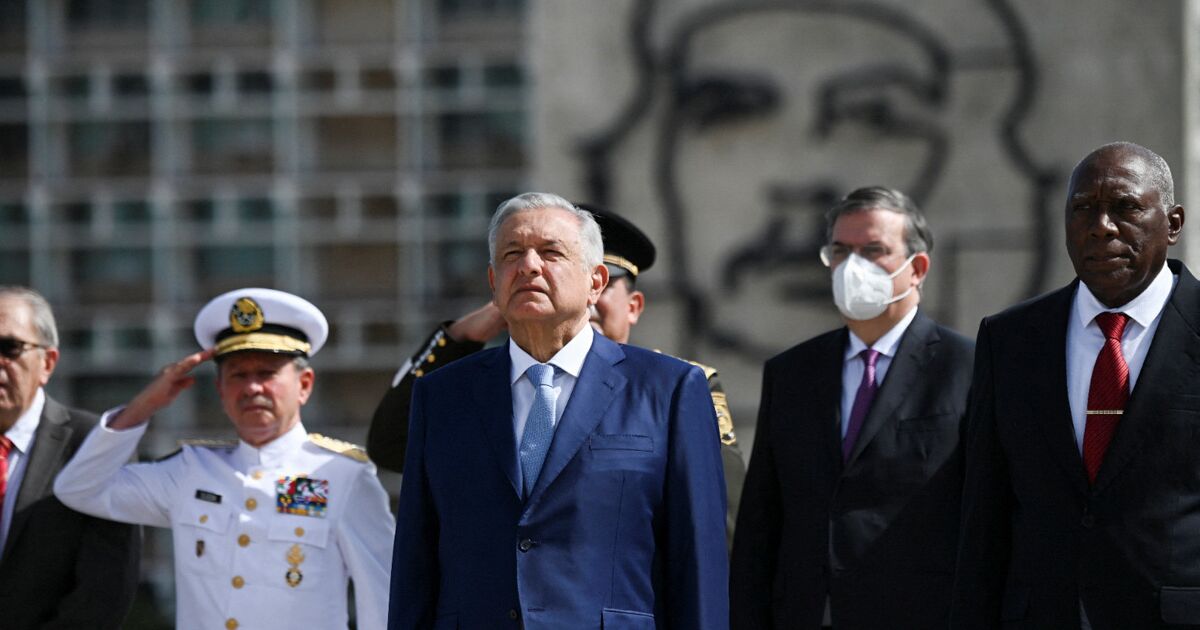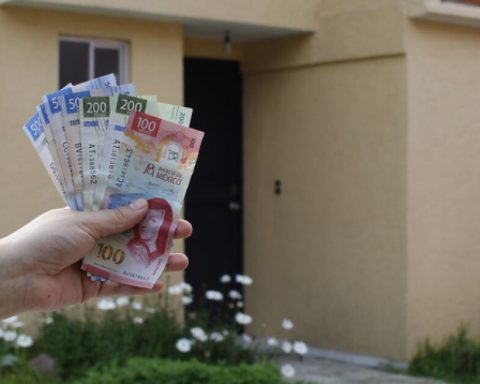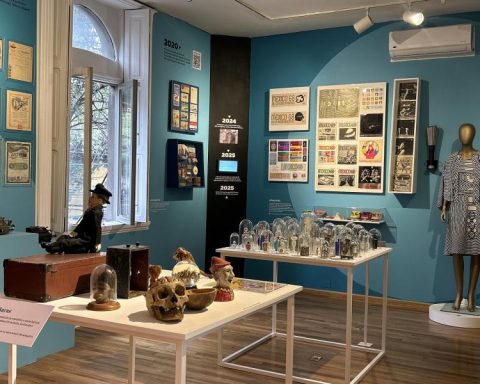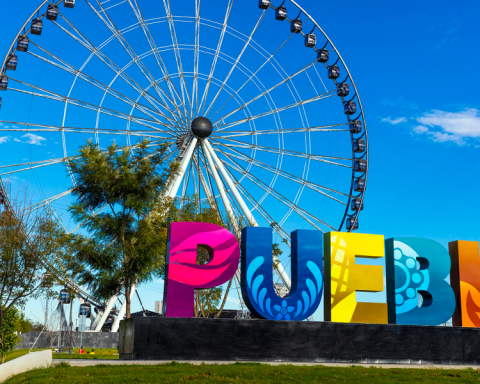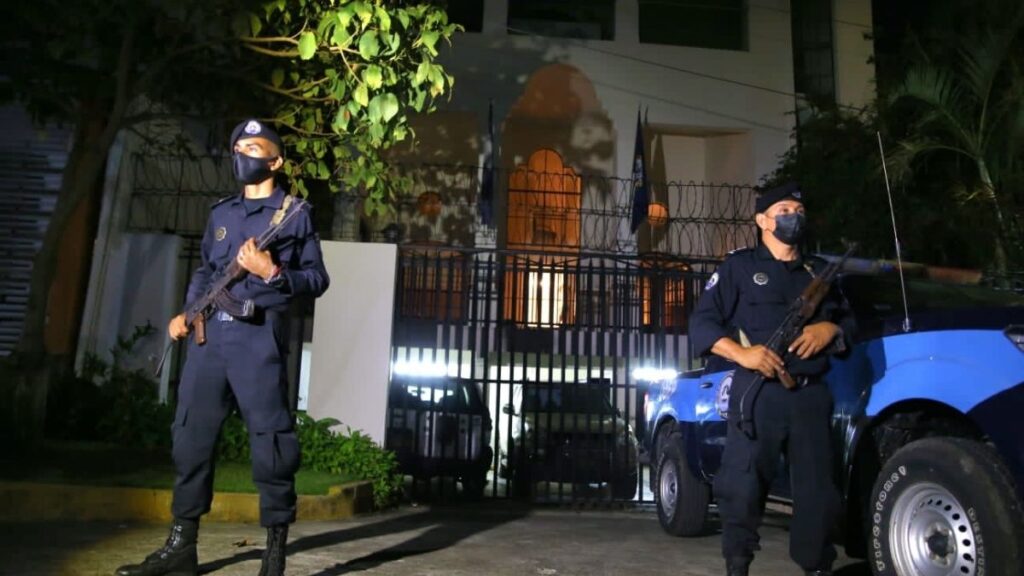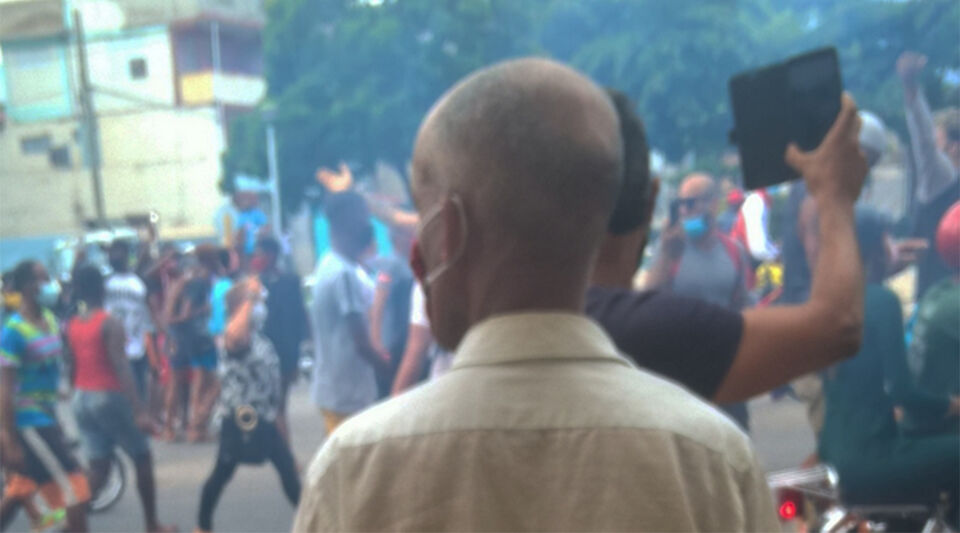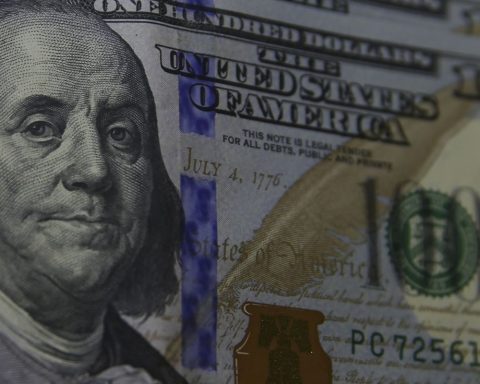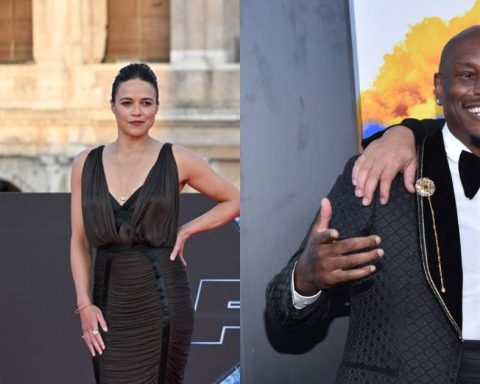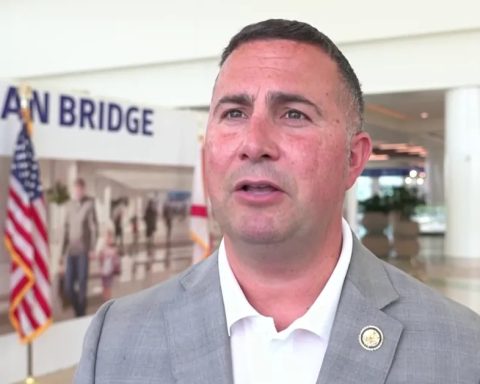Who accompanied the president? In the first place, the Secretary of Foreign Relations, Marcelo Ebrard, and the spokesman for the Presidency of the Republic, Jesús Ramírez Cuevas. So far nothing new. The other two companions are the ones who stand out: the Secretaries of the Navy and National Defense, José Rafael Ojeda Durán and Luis Cresencio Sandoval, respectively.
Once again, the military took center stage in an important act of the López Obrador government. It is essential to measure the size of the event.
Until his third year in office, the president had only traveled to the United States on short visits for very particular purposes. This was his first foreign policy tour and he was not accompanied, as they normally were, by the Secretaries of Economy and Finance, or in his case, heads of specific areas to sign agreements for cooperation in, for example, cultural, environmental or agricultural matters. .
What’s more, if the topic of the tour was security, the civil officials in those portfolios did not accompany him either: the Secretary of the Interior, Adán Augusto López, or the Secretary of Security, Rosa Icela Rodríguez.
Nope, none of that. Those who accompanied the president were the Secretaries of Defense and the Navy. It seems that the president feels more and more comfortable with them and, at the same time, both soldiers are observed playing this leading role with greater naturalness and confidence.
This is one more sign of the parallel and interconnected processes of militarization of the civilian government and politicization of the armed forces that Mexico is experiencing. These processes feed off each other and the most worrying thing is that they are advancing at a dizzying pace, which is very difficult to contain.
What did the country’s highest military commanders have to do accompanying the president on a foreign policy tour? How can the federal Executive justify its presence in the procession? Did you attend to strengthen cooperation with any Army of the countries visited? Did they participate in talks with officials from other governments? If so, what was your involvement? The federal government must answer these questions and many other questions.
For now, to reflect on these questions, it is worth reading an article published in the most recent issue of the magazine Process, written by Rafael Croda and entitled “Mexico-Cuba: López Obrador extends the relationship to the military level”. Although the text is somewhat speculative, since the federal government has not explained why Ojeda and Sandoval accompanied the president, it is also useful to know the possible consequences of a deepening of the ties between the Cuban and Mexican armies.
For example, there could be exchanges between the military institutes of both countries for the training of cadres. The training of Cuban officers for Mexican officers in intelligence and counterintelligence work could also be agreed upon.
However, there are more alarming aspects, with possible deeper and more lasting impacts. López Obrador could see the Cuban Army as a horizon regarding the role that the armed forces must play in a “transforming government.”
